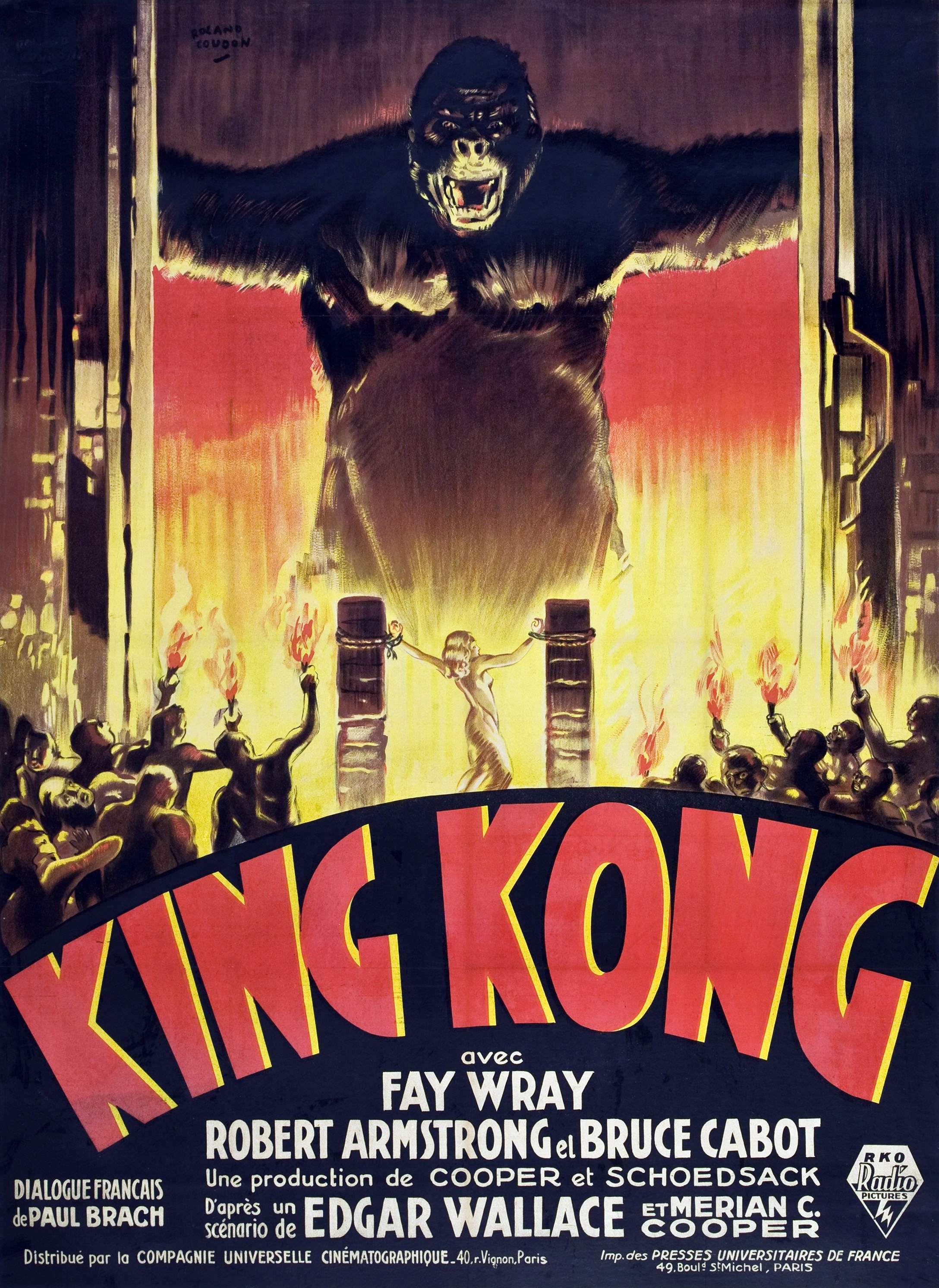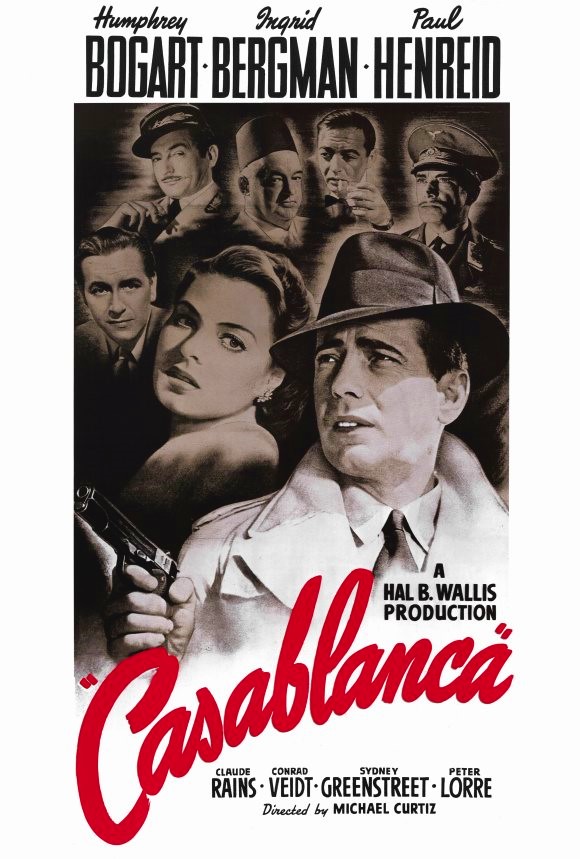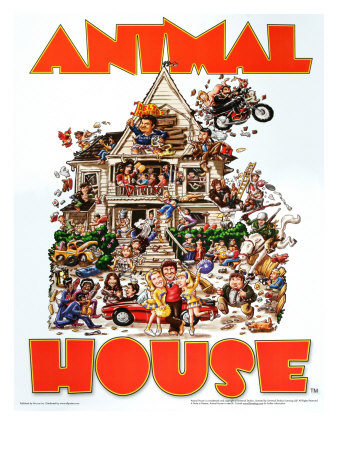DAY 1
I was hoping that the Day 1 heat would keep the lines short, I was mistaken. The crowds were large but everyone couldn't have been friendlier.
My wife and I originally intended to see the "The Smiling Lieutenant"
But on the recommendation from some TCM Film Fest veterans and Classic movie Bloggers I took advantage of being able to see "The Dawn of Technicolor" instead. And were completely happy that we did.
This was exactly the type of programming that I paid all that good money for a Pass to be able to see. Hosted by the authors James Layton and David Pierce, they delved into a short period of time in movies and the efforts of those early pioneers of film to add splashes of color to the screen.
I not only feel much more knowledgeable about the history and evolution of movies but I am inspired to learn more. I will likely be purchasing the Dawn of Technicolor to read further.
Before our next stop we were just in time to catch Ben Mankiewicz, Shirley MacLaine and William Shatner speak kind words to Christopher Plummer as he immortalized his hands and feet in cement in front of the Chinese Theater
Off next to "The Purple Rose of Cairo"
Introduced by Leonard Maltin, who was a trooper making his way through the festival on a busted ankle

He made the case that "The Purple Rose of Cairo" is Woody Allen's love song to the classic movies of the 30's
I have written about "Limelight" in a previous post, so not too much to elaborate on here. We did get some charming Charlie Chaplin stories from the 100 year old !!!! Norman Lloyd. He spoke about Charlie's love of Tennis and his last wife Oona.
The movie was perfect to see on the big screen. The clever one liners were a hit with the crowd and a few got missed by the audience because they had been laughing at the well written line before it.
Off next to one of the highlights of the show for me. the World Premiere restoration of
"Steam Boat Bill Jr."
The restoration was as perfect and crisp as a newly released movie and the live orchestra was amazing. One of the absolute highlights of the show was the live music being so in sync with the movie that when the Father and Captain of the steam boat stepped on the peanut shells over and over again, the sound from the band was right on cue to give the sound of crunching peanuts.

The seemingly everywhere Leonard Maltin was here again to introduce and tell the story about how the Cast and Crew of the movie walked out in protest over how unsafe the house falling on Keaton was, and were mad that in his passion for authenticity, he didn't take more safety precautions for himself. Alec Baldwin was spotted standing in the back for the whole movie.
Exhausted and void of any remaining energy we stopped by the poolside of the Roosevelt hotel to watch the very cheesy movie "Pool Party".
It was the perfect ending to a crazy and non stop day. Not enough time for water or food Sleep was welcome.
Later this week.... Day 2 and 3







































